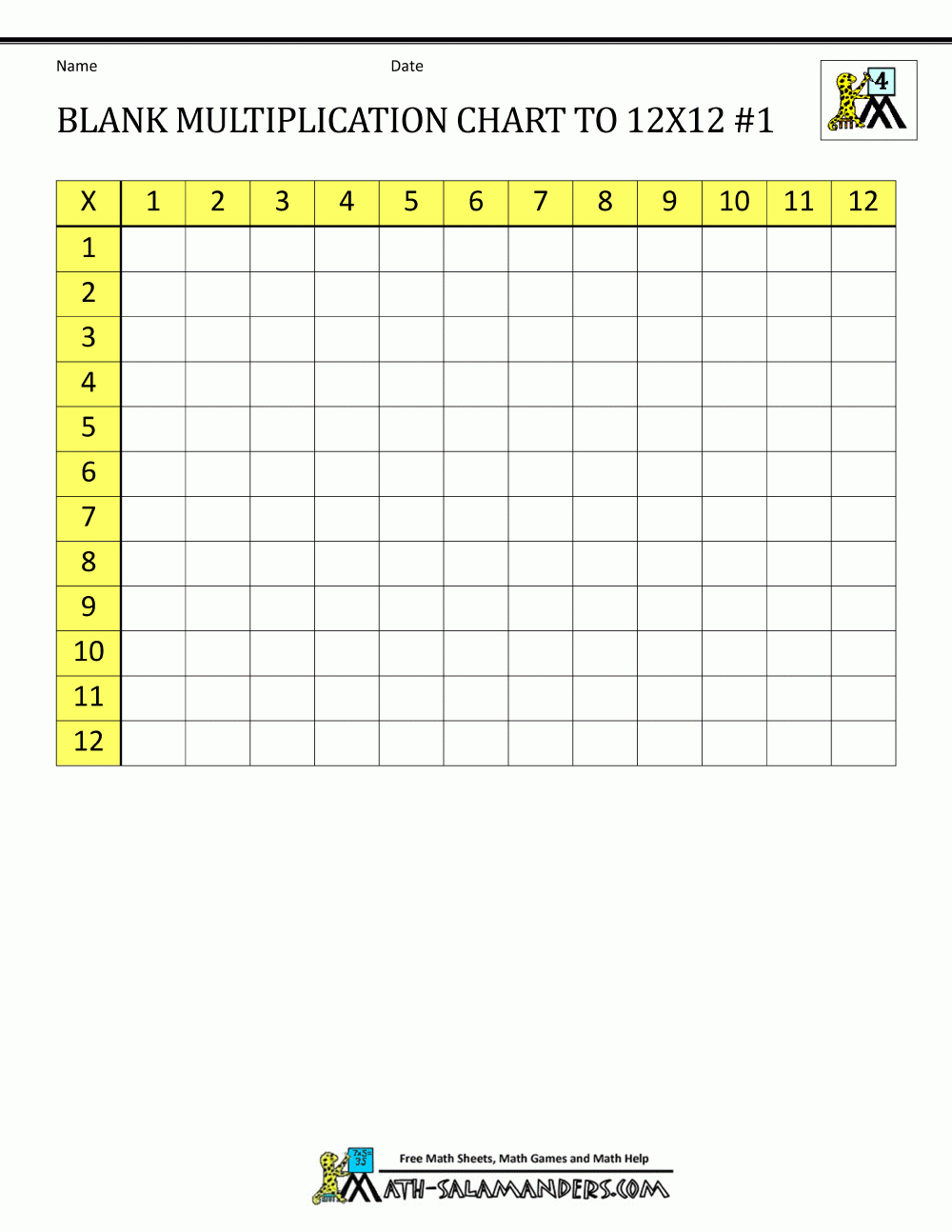


Hour (24-hour clock) as a decimal number Space-padded day of the month as a decimal number equivalent to %_d Zero-padded day of the month as a decimal number The following formatting strings are supported: Format Mermaid gantt dateFormat YYYY-MM-DD title Adding GANTT diagram functionality to mermaid excludes weekends %% (`excludes` accepts specific dates in YYYY-MM-DD format, days of the week ("sunday") or "weekends", but not the word "weekdays".) section A section Completed task : done, des1,, Active task : active, des2,, 3d Future task : des3, after des2, 5d Future task2 : des4, after des3, 5d section Critical tasks Completed task in the critical line : crit, done, ,24h Implement parser and jison : crit, done, after des1, 2d Create tests for parser : crit, active, 3d Future task in critical line : crit, 5d Create tests for renderer : 2d Add to mermaid : 1d Functionality added : milestone,, 0d section Documentation Describe gantt syntax : active, a1, after des1, 3d Add gantt diagram to demo page : after a1, 20h Add another diagram to demo page : doc1, after a1, 48h section Last section Describe gantt syntax : after doc1, 3d Add gantt diagram to demo page : 20h Add another diagram to demo page : 48h Mermaid can render Gantt diagrams as SVG, PNG or a MarkDown link that can be pasted into docs. As shown hereĪ Gantt chart is useful for tracking the amount of time it would take before a project is finished, but it can also be used to graphically represent "non-working days", with a few tweaks. However, if the excluded dates are between two tasks that are set to start consecutively, the excluded dates will be skipped graphically and left blank, and the following task will begin after the end of the excluded dates. It is important to remember that when a date, day, or collection of dates specific to a task are "excluded", the Gantt Chart will accommodate those changes by extending an equal number of days, towards the right, not by creating a gap inside the task.

The x axis represents time and the y records the different tasks and the order in which they are to be completed. Gantt Charts will record each scheduled task as one continuous bar that extends from the left to the right. Gantt charts illustrate number of days between the start and finish dates of the terminal elements and summary elements of a project. A Gantt chart is a type of bar chart, first developed by Karol Adamiecki in 1896, and independently by Henry Gantt in the 1910s, that illustrates a project schedule and the amount of time it would take for any one project to finish.


 0 kommentar(er)
0 kommentar(er)
